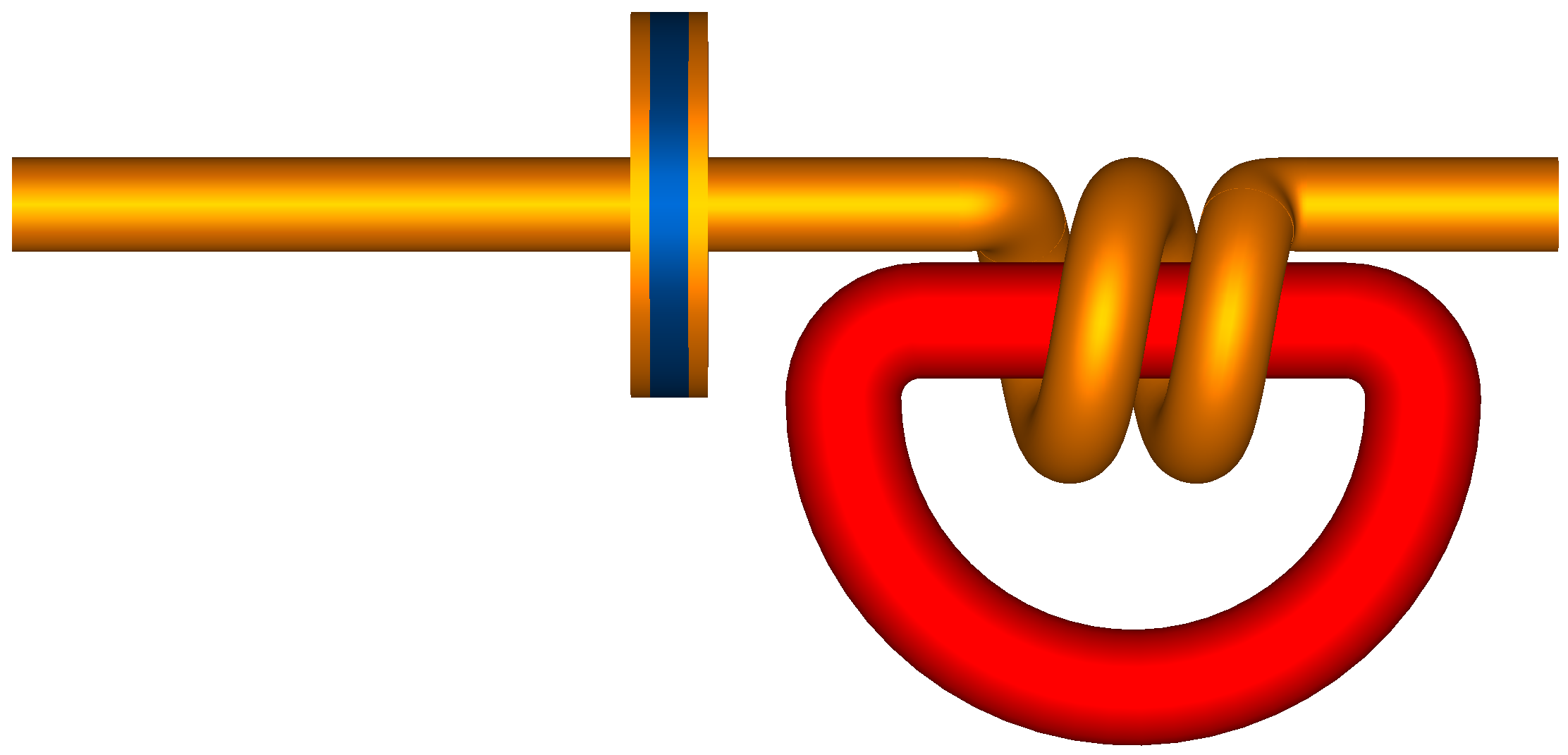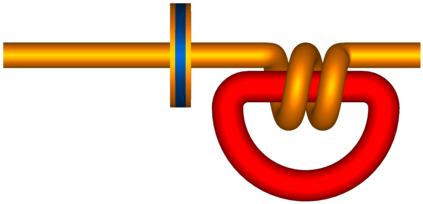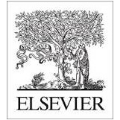Parasitic extraction is a powerful tool in the design process of electromechanical devices, specifically as part of workflows that ensure electromagnetic compatibility. A novel scheme to extract impedances from CAD device models, suitable for a finite element implementation, is derived from Maxwell's equations in differential form. It provides a foundation for parasitic extraction across a broad frequency range and is able to handle inhomogeneous permittivities and permeabilities, making it more flexible than existing integral equation approaches. The approach allows for the automatic treatment of multi-port models of arbitrary conductor geometry without requiring any significant manual user interference. This is achieved by computing a special source current density from its given divergence on chosen terminal surfaces, subsequently using this current density to compute the electric field, and finally calculating the impedance via a scalar potential. A mandatory low-frequency stabilization scheme is outlined, facilitating the finite element implementation. Two useful quasistatic approximations and the advantageous special case of perfect electric conductors are treated theoretically. The magnetoquasistatic approximation is validated against an analytical model in a numerical experiment. Moreover, the intrinsic capability of the method to treat inhomogeneous permittivities and permeabilities is demonstrated with a simple capacitor-coil model including dielectric and magnetic core materials.
翻译:离子提取是电子机械装置设计过程中的一个有力工具,特别是作为确保电磁兼容性的工作流程的一部分,它是一个从CAD设备模型中提取适合有限元素执行的阻力的新办法,它从Maxwell的方程式中以不同形式产生,它为在广泛频度范围内进行寄生性提取奠定了基础,能够处理不相容的允许性和易变性,使其比现有整体方程方法更加灵活。这种方法允许自动处理任意导体或几何学多端模型,而不需要任何重大的人工用户干扰。这是通过从特定终端表面差异中计算一种特殊源的当前密度,随后使用这种当前密度来计算电场,最后通过升压潜力计算阻力。一个强制性的低频稳定方案可以促进有限元素的实施。两种有用的准近似性和完美电导器的有利特例得到了理论上的处理。磁共振近似性在一种分析模型中与一个分析模型进行验证。此外,一个在数字实验中演示的磁电压核心材料的内在能力,包括磁电容器的稳定性。





